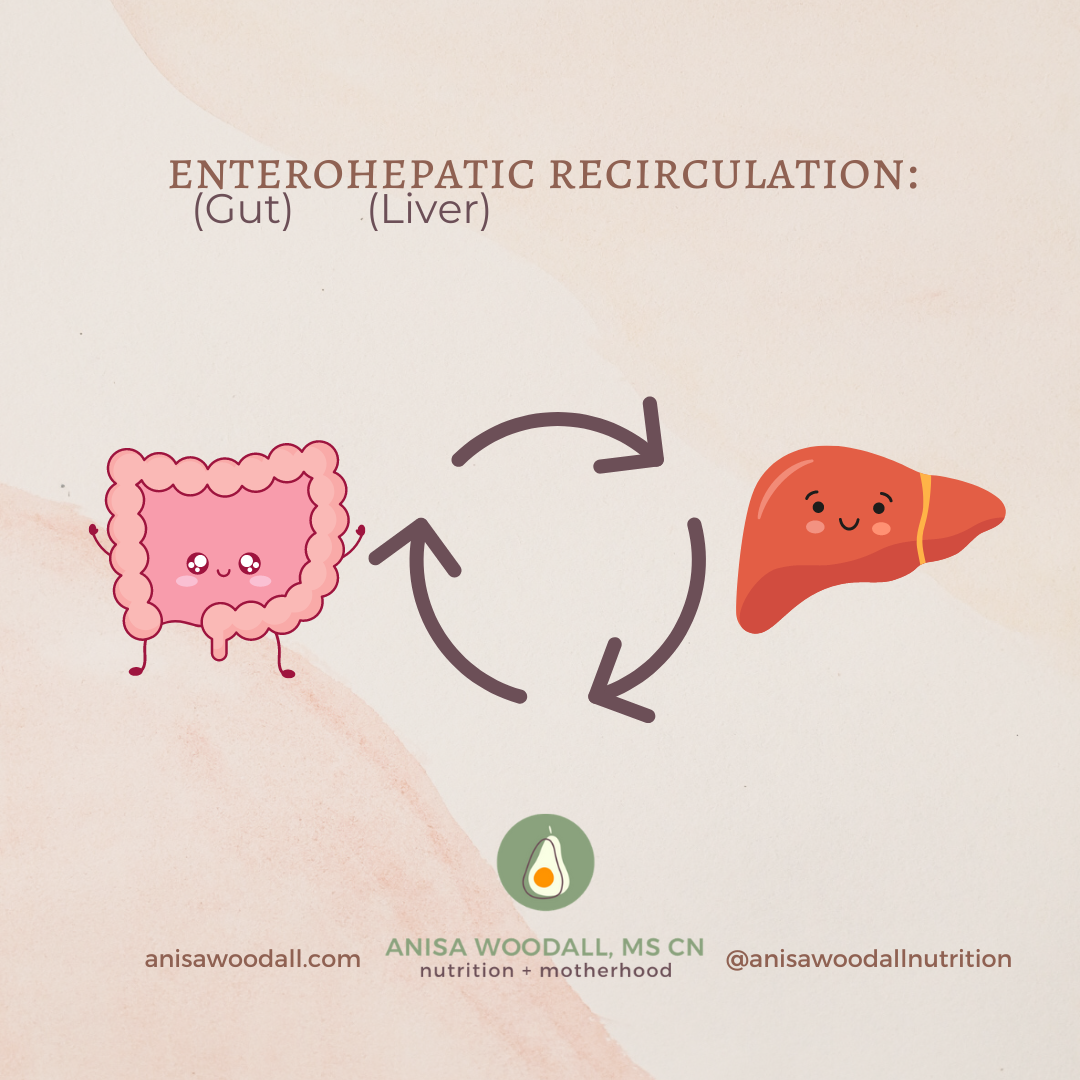What is Estrogen Dominance and why it may be keeping you from getting pregnant
First off, estrogen is a critical hormone for fertility
BUT
Without enough estrogen, you may experience:
less fertile days
delayed ovulation
lighter periods
vaginal dryness
low libido
painful sex
sleep challenges
mood imbalances
You want to have a "goldilocks" amount.
juuuuust right
In a state of estrogen dominance or low progesterone, you may:
Feel down, anxious or depressed
Experience bloating throughout your cycle
Retain water
Be critical of your body image
Experience irregular periods
Have mid-cycle spotting
Deal with severe PMS
Have a nonexistent libido
Experience shorter cycles (less than 24 days)
If you’re tracking Basal body temperature (BBT), track a shorter postovulatory/luteal phase (see this post for how to identify ovulation)
Experience early pregnancy loss or recurrent miscarriages
Have heavy periods and/or 7+ days long
Deal with hormonal headaches throughout your cycle
Have tender breasts, especially before your period
Gain weight
Have trouble sleeping
Be tired all the time
What conditions are associated with estrogen dominance?
Endometriosis
PCOS (Polycystic ovary syndrome)
Infertility
Heavy menstrual bleeding (or menorrhagia)
PMS
If you’re experiencing any of those symptoms or conditions above, then you could benefit from supporting estrogen metabolism and elimination. Interested in learning what you can do to support your fertility?
I have a free masterclass just for you, Unlock Your Fertility: How to Transform Your Habits for Optimal Pregnancy Success
Why is estrogen dominance a problem?
Estrogen is a critical hormone that’s necessary for optimal fertility. However, anything in excess can be detrimental to health. When it comes to fertility, estrogen dominance can interfere with a woman’s ability to release an egg (ovulate), can reduce the number of days she’s fertile in her cycle, and can create too thick of an endometrial lining, impairing the ability for a fertilized egg to implant. When estrogen is too high, it also reduces the ability of progesterone to be impactful and when progesterone is ineffective, it’s much harder to get pregnant and stay pregnant.
Modern lifestyles put women (and men) at risk for having too much estrogen in our bodies for a variety of reasons.
Some factors that contribute to estrogen dominance:
Use of plastics
Excess toxic burden
Nutrient Deficiencies
Excess body fat (fat tissue has an enzyme called aromatase that converts testosterone into estrogen)
Clogged up elimination pathways
digestion (constipation)
liver ( limited nutritional resources and too much to process)
skin (inadequate sweating and exercise)
It’s not always that women are producing too much estrogen, but rather that we are reabsorbing what our livers were trying to eliminate in the first place.
This is called enterohepatic recirculation (entero: gut, hepatic: liver)
What can I do if I have estrogen dominance?
Focus on clearing elimination pathways
Provide your liver with foundational detoxification nutrients that support every phase of detoxification
Balance your blood sugar
Support your gut health and ensure you’re pooping daily
Now if only there was a step-by-step strategy that would guide you through this exact process…
Oh wait… there is! Module 3 of my course Resilient Motherhood, a self-paced guide to preparing for conception and beyond walks you through every one of these steps that it takes to build a foundation for healthy hormone balance and thus, optimal fertility.
If you’re not ready to commit just yet but want to learn my Top 3 Ways I think you can get pregnant faster, join my free masterclass!
What other questions do you have about estrogen dominance? Tell me in the comments!


